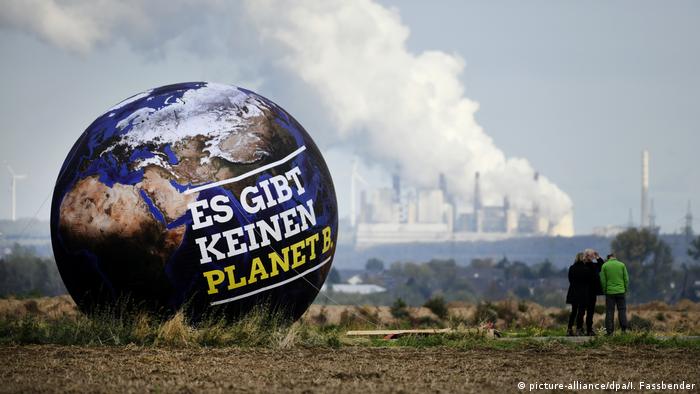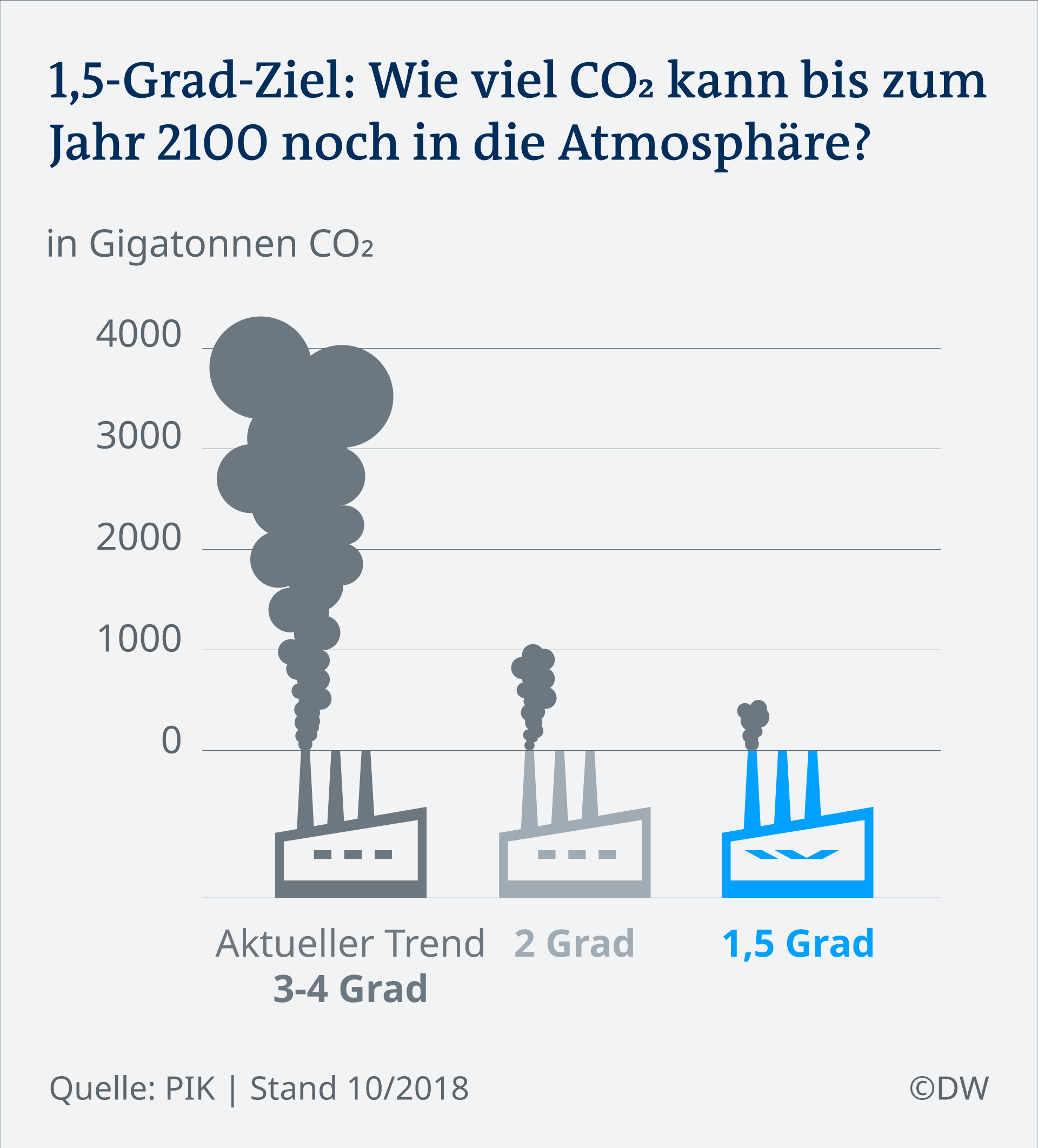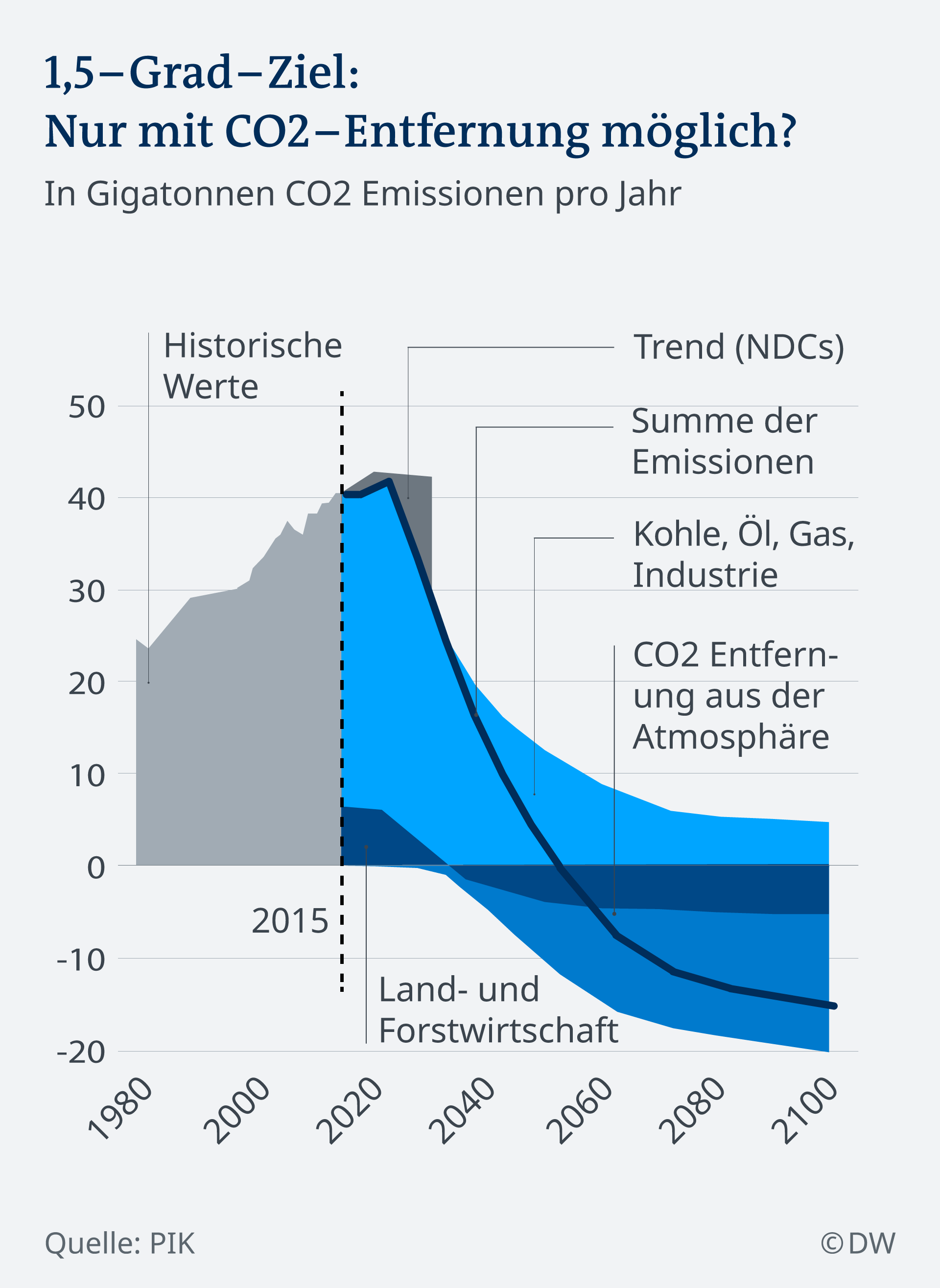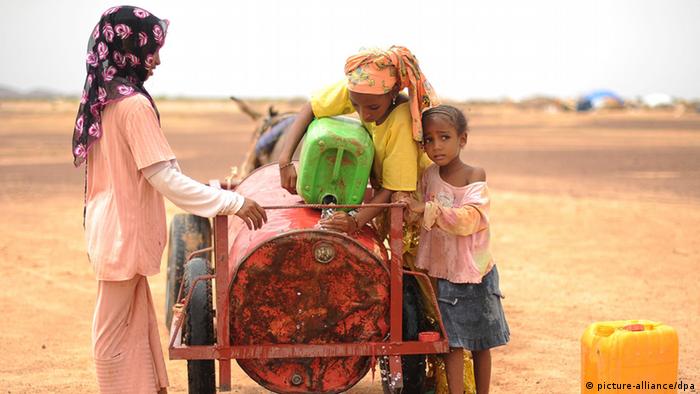Can limit global warming to 1.5 degrees? How would that be possible? What are the benefits? These questions, the intergovernmental panel on climate change (IPCC) was commissioned by the governments and presented its special report.

Mainly due to the emission of CO2 the earth’s temperature has warmed since the beginning of industrialization (circa 1870) by about one degree; the consequences are already visible today, in any case, a core statement of the current special report on global warming, which has now been presented in South Korea.
“We are already seeing the effects of a degree of global warming through extreme weather, rising sea levels and declining Arctic sea ice,” said Panmao Zhai, Co-chair of the world climate Council (IPCC) at the launch in Incheon.
The report was expected with great excitement. 195 States have signed the Paris climate agreement. The agreement provides that the increase in the average global temperature to be limited in comparison to the pre-industrial era to less than two degrees, preferably 1.5 degrees.
91 scientists from 40 countries were in the special report now to the question of how the agreed 1.5 degrees-is the goal to achieve, and what is the significance of the difference between 1.5 and two degrees for the humanity at all.
The scientists evaluated all available studies and assessed these in a strict scientific procedure. 42.001 comments from nearly a thousand reviewers have been incorporated into the assessment. The now from 195 countries approved a UN report has therefore a special weight.

Extreme weather are meeting with increasing global warming, more and more people.
Each tenth of a degree counts
The report highlights a series of damages and disasters that could be avoided by limiting global warming to 1.5 degrees.
For example, the global sea level rise by the year 2100 would be a global warming of 1.5 degrees compared to the two degrees to 10 cm lower and the probability of a sea ice-free Arctic ocean in summer would have been once a century. In the case of a global warming of two degrees there is, however, a sea ice free Arctic ocean at least once per decade. In addition, all of the world’s coral reefs would be lost in the case of a Two-degree warming.
“Any additional warming is important. The risk of long-lasting or irreversible changes increases, especially more than 1.5 degrees, such as the loss of some Ecosystems,” says co-author Hans-Otto Pörtner from the Alfred-Wegener-Institute for Polar – and marine research.
Limiting global warming to 1.5 degrees would reduce negative impacts on human health and well-being and the Ecosystem more room to adjust. To include the considerable risks of extreme weather with floods, Storms, droughts, Floods on coasts and also the loss of fish catch and crop yields, according to the report.

IPCC: The world community will decide where the future goes
1.5 degrees, and only with considerable changes in distance
According to the report, limiting the warming to 1.5 degrees is not feasible. “According to the laws of chemistry and physics, this is possible,” says co-author Jim Skea. However, this would require unprecedented Changes, “a rapid and far-reaching” changes in all areas of life, is one of the conclusions in the IPCC report.
“The good news is that some of the necessary measures are already throughout the world in progress. But they have to be accelerated,” stresses co-author Valerie Masson-Delmotte, an expert in climate physics.
The human-induced CO2 emissions need to be reduced for this purpose by 2030, about 45 percent compared to 2010 and up to the year 2050 in the sum to Zero. This also means that all emissions would have to be compensated by the techniques of CO2 removal.

Fast CO2 avoided today and save CO2 removal in the future. In addition, the possibilities are untested.
Quick change will help the future
“This report provides policymakers and practitioners with the information. This is necessary to take account of the needs of the people. The next few years are likely to be the most important in our history,” says Debra Roberts, another author of the report.
The special report shows how to limit global warming to 1.5 degrees is possible at all. In addition to the fastest possible exit from coal, Oil and Gas, in all scenarios, techniques for CO2 removal, as deemed necessary.
The effectiveness of such techniques is not proven on a large scale, however, and there are significant risks, says the report.

Refugees in Burkina Faso: drought, lack of Harvest and escape from the home could meet more people
No time for delay
Climate scientists from around the world praise the report and emphasise the urgency to Act. “For all its scientific complexity, one thing is clear: We have only a decade to create the CO2-turning and to protect the people still in front of the greatest risks of climate change”, says Johan Rockström, the designated Director of the Potsdam Institute for climate impact research (PIK) and chair of the Earth League.
“Better than ever, we know with this report, which is already at a warming of 1.5 degrees Celsius on the game. But what is the policy currently in action at the table is enough, as yet, not even to comply with the Two-degree limit of Paris. We are not on the way in the direction of 4 degrees by the end of the century, if we act now,” says Rockström.
Niklas Höhne from NewClimate Institute, Professor of climate protection in the Netherlands, considers the limit of 1.5 degrees for the “technically and economically feasible”. Implemented correctly, it could also contribute to sustainable development worldwide. “The 1.5 degree targets extremely difficult, but not impossible. The report shows the enormous efforts that are for the 1.5-degree target is necessary. Almost all areas of life must be turned upside down: How we live, eat, we move, what we consume. Technical solutions alone will not be enough, we need to change our behavior. And development needs to be countries, this rapid Transformation.”